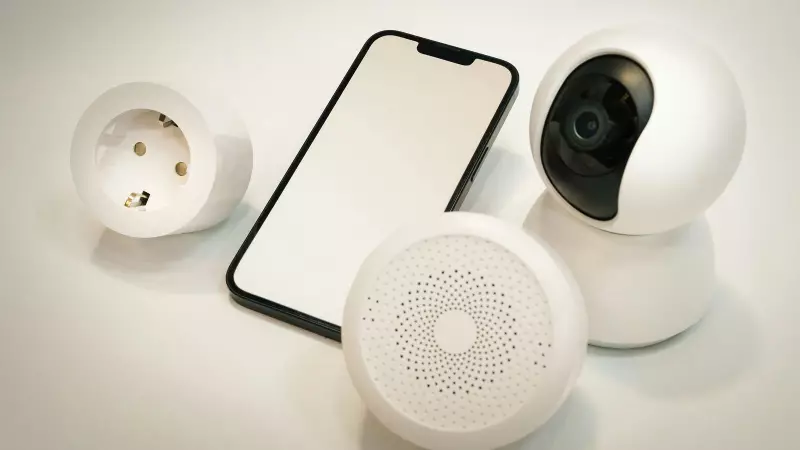
Creating a smart home in India sounds incredibly exciting - imagine lights that respond to your voice commands, sensors that automatically adjust room temperature, and devices that communicate seamlessly without you lifting a finger. However, building a setup that remains relevant and functional for years requires more than just purchasing the latest gadgets available in the market.
Thoughtful planning today helps prevent device clutter, compatibility headaches, and constant replacements tomorrow. After extensive research and practical experience with various systems, here are the most valuable lessons for constructing a smart home setup designed to stand the test of time.
Start With a Flexible Foundation
Many Indian consumers begin their smart home journey with popular platforms like Alexa, Google Home, or Apple HomeKit, only to discover limitations as their needs evolve. Choosing a more adaptable foundation from the start prevents compatibility issues down the road.
Home Assistant emerges as an excellent platform choice because it operates locally without constant internet dependency, supports hundreds of brands across different ecosystems, and enables devices from various manufacturers to work together harmoniously. The platform can run efficiently on affordable hardware like a Raspberry Pi, mini PC, or even repurposed older laptop. If you already own smart plugs, bulbs, or other devices, Home Assistant allows gradual integration without requiring you to start over completely.
Select One Primary Wireless Protocol
Once you've established your base platform, the next critical decision involves choosing how your devices will connect. While Wi-Fi seems convenient initially, network congestion becomes a real problem as you add more bulbs, plugs, and sensors to your home.
Zigbee stands out as a reliable alternative that's power-efficient and supports numerous devices simultaneously. Popular options in India include Aqara, Philips Hue, Sonoff, Realme, Wipro, and various Tuya-based sensors and switches. Thread technology continues to gain traction with increasing support through compatible hubs. Although Z-Wave remains an option, it tends to be more expensive and less common in the Indian market.
Maintaining consistency with one primary protocol wherever possible helps ensure network stability and reduces technical complications.
Choose Hardware With Growth Potential
Smart homes naturally expand over time as new needs emerge and technologies evolve. Running your Home Assistant setup on capable hardware ensures you have room for additional services in the future.
A compact mini PC or refurbished desktop computer serves this purpose well and can eventually host other useful applications such as local CCTV or video recording systems, Pi-hole or AdGuard for network-wide ad blocking, and personal media servers like Jellyfin or Plex. Keeping these services local enhances your privacy and reduces dependence on continuous internet connectivity.
Prioritize Wired Connections for Critical Equipment
While wireless networks offer convenience, Ethernet connections remain superior in speed and reliability. Essential devices like smart hubs, access points, and security recorders benefit significantly from wired connections.
If you're renovating your home or building new, installing Cat6 or Cat6a Ethernet wiring now saves considerable effort later while ensuring support for faster network speeds as technology advances.
Plan Electrical Infrastructure for Future Needs
Many Indian homes lack sufficient power outlets or neutral wiring inside switchboards, creating challenges when installing smart switches and controllers. Addressing these infrastructure limitations during renovations makes future upgrades simpler and more cost-effective.
Consider adding neutral wires, conduits for easy cable access, and additional power sockets during any electrical work. A DIN-rail energy monitoring system proves particularly valuable if you want detailed electricity usage insights or plan to incorporate solar panels and battery storage systems later.
By implementing these strategic approaches from the beginning, you can create a smart home that not only meets your current needs but gracefully adapts to future technological developments, ensuring your investment continues to deliver value for years to come.





